Oura Ring 4 has officially arrived, and it's putting the Samsung Galaxy Ring on notice
Rotate if you want to
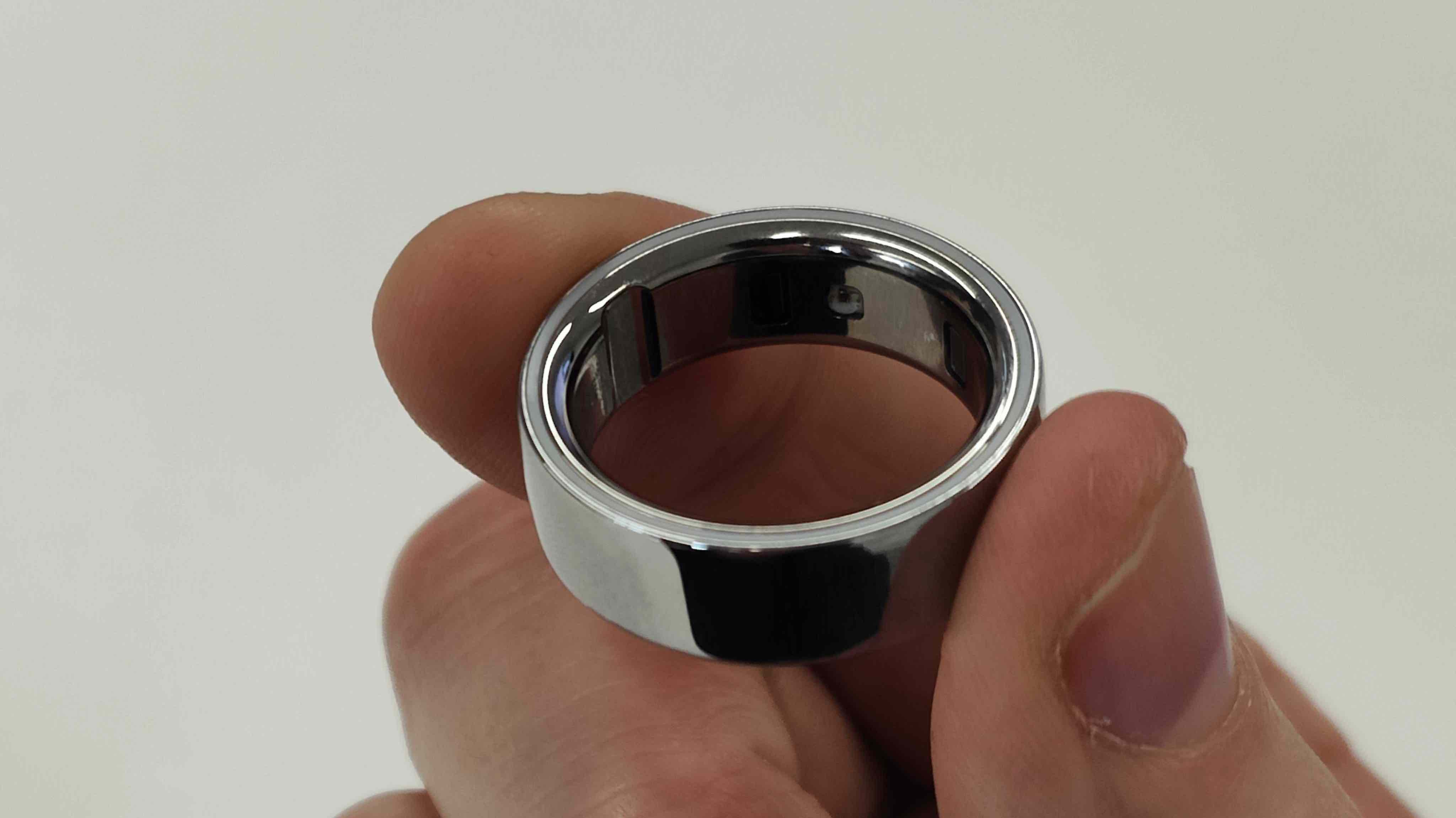
After three long years and several new challengers entering the smart ring, er ring, Oura has introduced its next generation wearable. Goodbye Gen 3, and hello Gen 4… more precisely, the Oura Ring 4.
It’s not a radical redesign, at least on the outside, but Oura’s goal with the Ring 4 is doubling down on heart rate accuracy and a more comfortable fit, to improve tracking regardless of the ring’s orientation. It arrives with a fresh, redesigned application for iOS and Android.
Those upgrades are enabled by a redesigned internal sensor array that ditches the three dimples that stick out on the inside (a common feature among all the best smart rings, until now) and more than doubles the amount of signal pathways that data about your heart can use to reach the sensors. Oura is dubbing this 'Smart Sensing' as it works with software to figure out the best pathway for an accurate read.
Perhaps most importantly, there isn’t a price increase, at least for the classic colors. Oura Ring 4 is now available for preorder in sizes 4 through 15, starting at $349 / £349. It comes in Silver, Brushed Silver, Stealth, Black, Rose Gold, and Gold – but pricing does vary based on color and begins shipping on October 15, 2024. You’ll still need to be a member at $5.99 / £5.99 monthly or $69.99 / £69.99 annually to get the most out of the smart ring, but a one-month trial comes with the purchase.
Wear the Oura Ring however you like
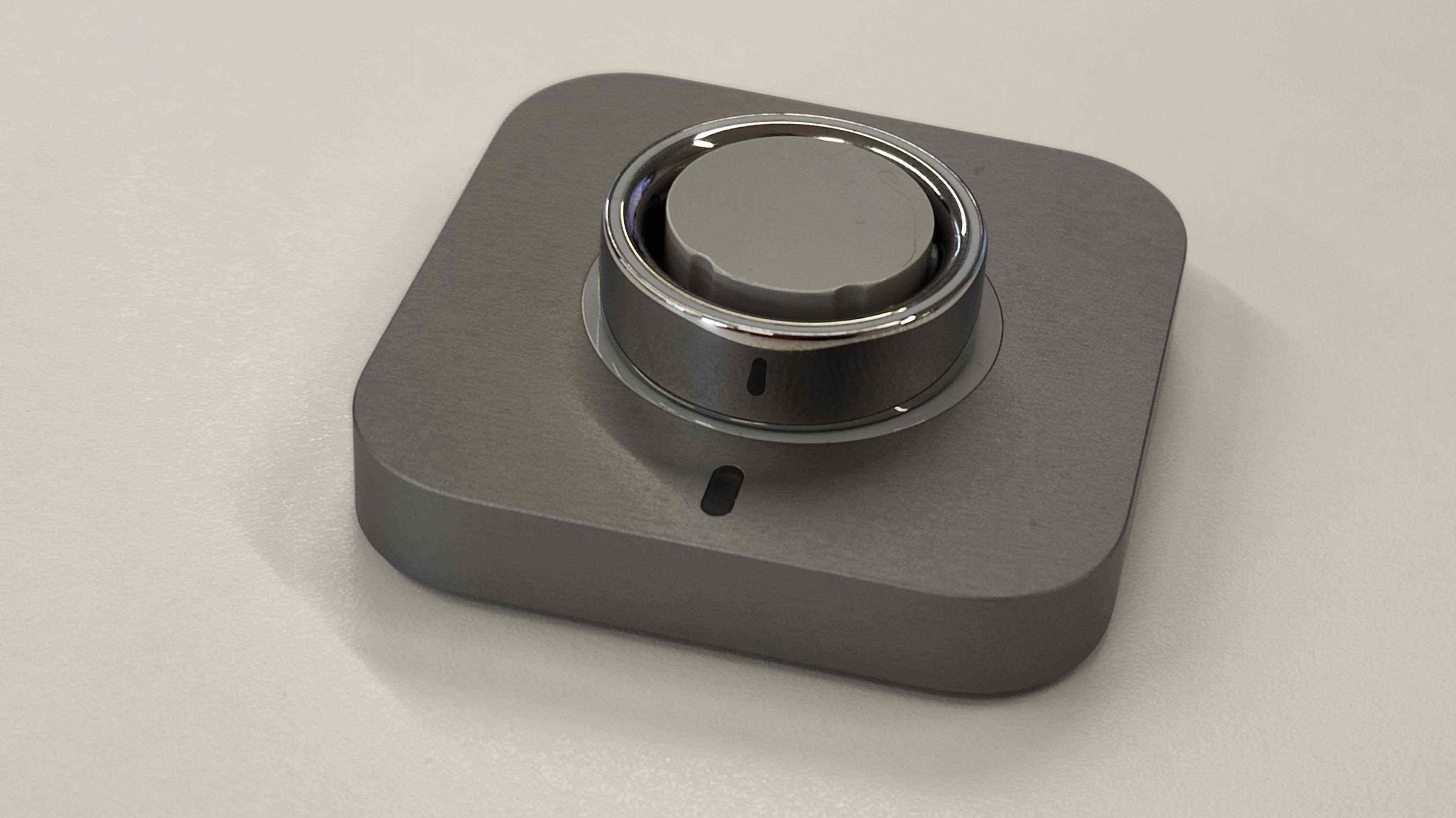
In our Oura Ring Gen 3 review, we noted that it provided a “more accurate picture of your overall wellbeing,” and at the time, that was thanks to a new heart rate sensor and SpO2 sensor as well as significant upgrades to sleep tracking. All of that remains the same with Oura Ring 4, but the company recognizes that, at times, there were gaps in coverage mainly due to the ring rotating.
The Oura Ring Gen 3 has three dimples of three main sensors that ideally need to be on the bottom of your finger, marked by a slight divet on the underside, which aims to help you keep the ring rotated to the right way. The problem is that fingers can vary in form, and even with a properly sized smart ring, the Oura Ring still rotates.
Of course, a ring naturally rotates, but Oura has found a solution and calls it Smart Sensing. Those three main sensors are now recessed on Oura Ring 4, and signal pathways have been more than doubled to 18. The new and redesigned hardware on Ring 4 works with an algorithm to let it get an accurate read regardless of how the ring is sitting on your finger.
Get daily insight, inspiration and deals in your inbox
Sign up for breaking news, reviews, opinion, top tech deals, and more.
This is largely thanks to the abundance of pathways that let it get a clear read to one of the main sensors for heart rate, blood oxygen, or even overnight sleep tracking. It factors in things like the shape of your finger, skin tone, and what you’re doing.
Oura promises that Ring 4 is its most accurate smart ring yet, based on a sleep study conducted in August 2024 with 60 people wearing both a Gen 3 ring and Ring 4 overnight. The results found that there were 31% fewer gaps in nighttime heart rate and 7% fewer during the day, and for SpO2 sensing, there was a 120% improvement in finding a signal and a 30% increase in accuracy for this metric overnight. Those are pretty big leaps, and we’re keen to put this all to the test.
It’s a sizeable improvement over Gen 3, without losing any features. It’s now using another algorithm with the same accurate sensors and additional pathways to track all sorts of metrics better, regardless of how the ring sits on your finger. And just like Gen 3, Oura Ring 4 will track things like daily activity, heart rate and heart rate variability, SpO2, skin temperature, workouts, and robust sleep tracking.
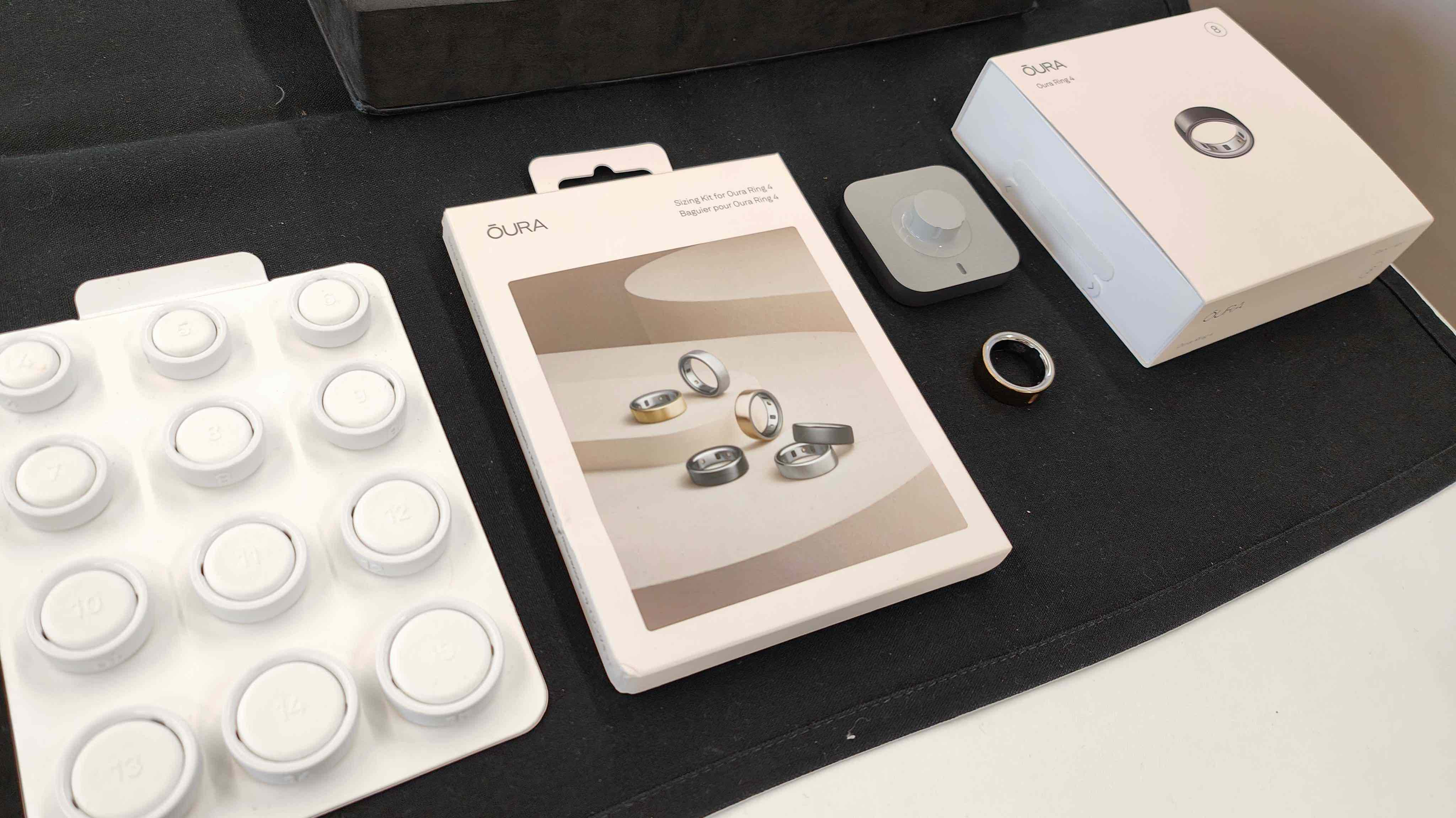
If you keep your membership as well, Oura is finally delivering automatic workout detection for over 40 types – it’s no longer just a handful. As it’s called, Automatic Activity Detection will recognize the workout as it’s happening and track heart rate zones. For example, in one of our exclusive briefings with the Oura team, we were told the ring correctly identified the user was doing a rowing machine workout, based on the elevated heart rate and the rowing motion detected.
The only other hardware change with Oura Ring 4 is a battery life increase: up to eight days, an extra day over Gen 3. Of course, the runtime will vary by ring size, with the largest at a size 15 likely lasting the longest, based on how you use the functionality. Oura slightly updated the charger to a more rounded square design that feels more premium since it’s made from aluminum.
There is one change with color offerings – the Oura Ring 4 in black is now a glossy finish made from a tungsten PVD coating, which is promised to up durability and keep color over time. Ring 4 will also come in Silver, Stealth, Gold, Rose Gold, and Brushed Silver.
A redesigned app with a focus on easier access to data
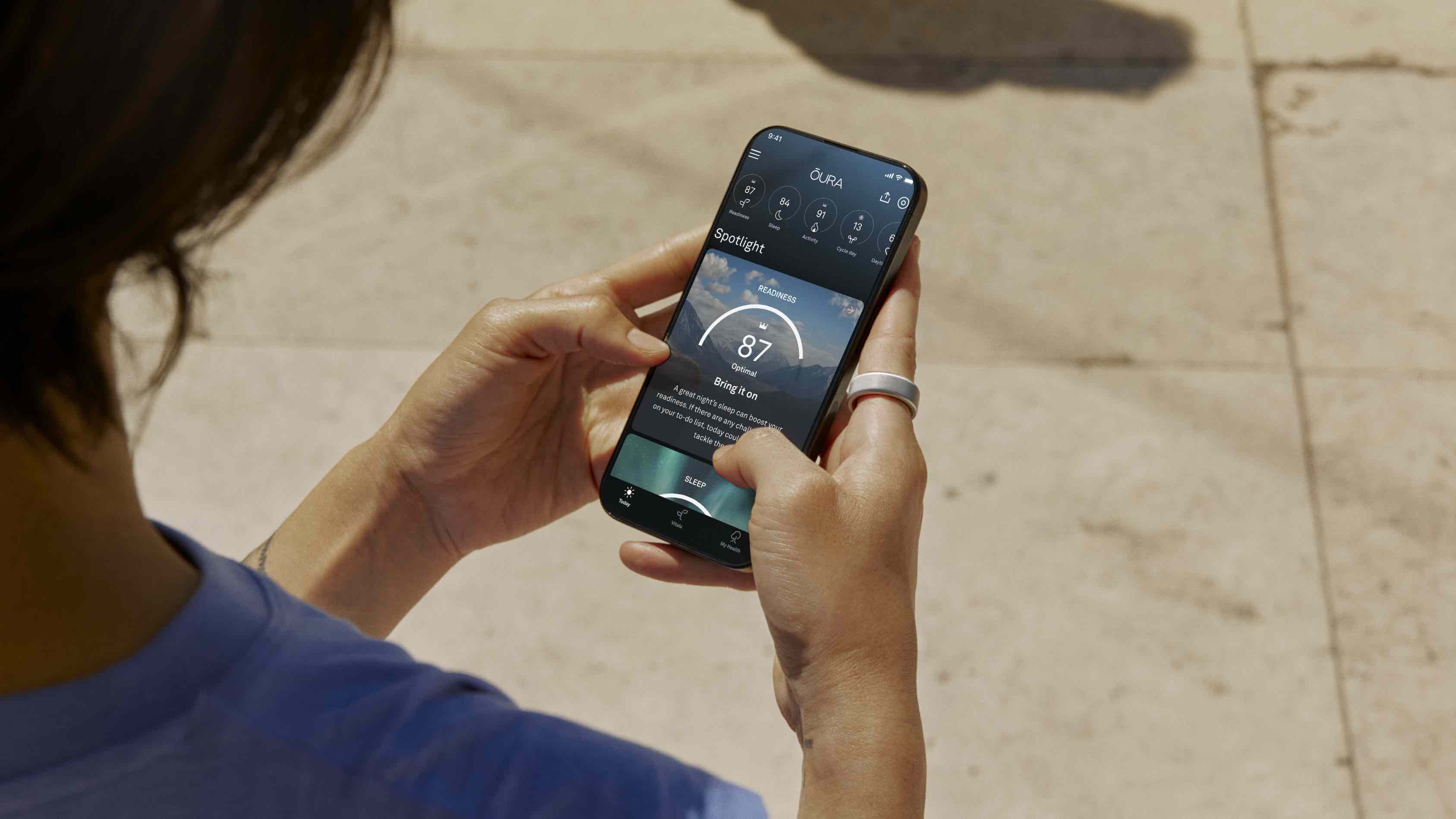
Alongside Oura Ring 4, but launching immediately, is a redesigned interface for the Oura app. Furthermore, you won’t need to upgrade to the Ring 4 to get it, so if you’ve decided to stick with Oura Ring Gen 3 – maybe you’re waiting for our review, or the price on the Gen 3 to drop now the 4 has arrived – you’ll get the redesigned application on Android or iOS.
Rather than have five sections at the bottom – Home, Readiness, Sleep, Activity, and Readiness – and a hamburger menu at the top left, Oura is slimming things down to three. Today, Vitals, and My Health all live at the bottom now and aim to streamline access to data and not give you information indecision as you try to decide where to dive in first.
Today might be my favorite where you can easily swipe to see how you sleep or how active you’ve been without having to scroll down a whole page. Historically, the cards on Home would rotate throughout the day. Readiness, Sleep, Activity, Daytime Heart Rate, Cycle Day, Stress, and others live at the top and are easily accessible. Those larger cards live as spotlights below that new top bar, so when you first wake up, you’ll see how you slept. If you open your app in the middle of the day, you’ll see your Readiness.
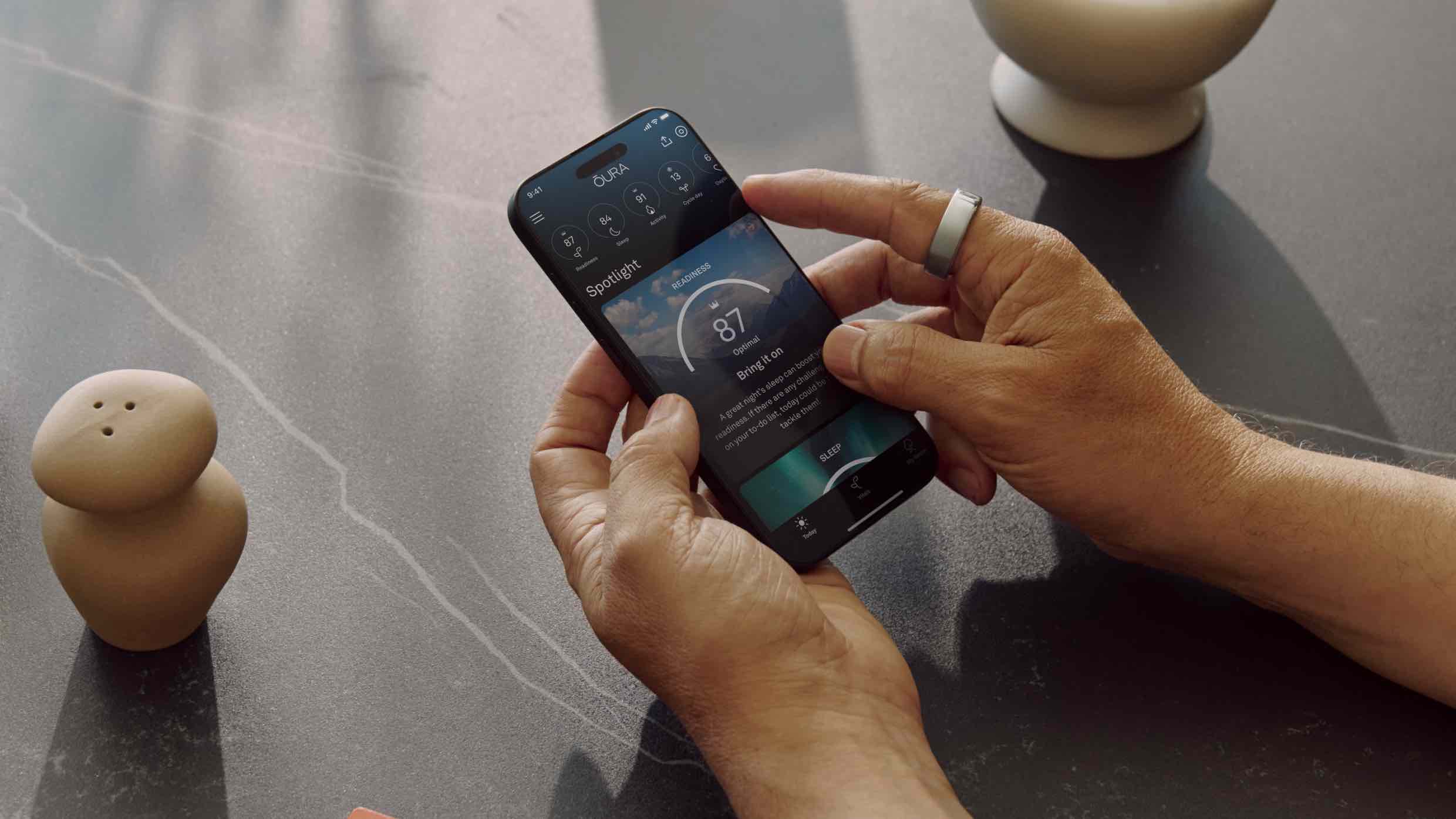
Vitals take the place of the former Readiness, Sleep, and Activity tabs to a degree by offering a more data-filled look at each of the scores. My Health is a more robust version of Resilience that aims to give you a more macro look at trends over time.
This experience is rolling out now on Android and iOS for all users, regardless of Oura Ring generation and if you’re a paid member. However, for the latter Oura wants to up the value and likely get more folks to subscribe. For one, beta features like Symptom Radar housed under Oura Labs are no longer an iOS exclusive. Oura Labs arrives on Android – finally – for members with the latest update. You’ll also get access to Oura Advisor, essentially an AI chatbot that is personalized based on your data and can help make more accurate recommendations based on how you’re feeling.
Outside of Oura Labs, Women’s Health features like Pregnancy and Cycle Insights, as well as an overall report alongside Cycle Tracking, are still here. Fertile Window is new and provides an estimate of fertile days alongside a detected ovulation day and the chance of conception. It’s designed not to prevent pregnancy but rather as an aid in conceiving a pregnancy. Oura also notes that its fastest-growing subscription segment is women in their 20s, thanks to this robust feature set.
You’ll need to be a member to score the automatic activity detection, and Daytime Stress, as well as stress tracking, is for members as well.
You Might Also Like...

Jacob Krol is the US Managing Editor, News for TechRadar. He’s been writing about technology since he was 14 when he started his own tech blog. Since then Jacob has worked for a plethora of publications including CNN Underscored, TheStreet, Parade, Men’s Journal, Mashable, CNET, and CNBC among others.
He specializes in covering companies like Apple, Samsung, and Google and going hands-on with mobile devices, smart home gadgets, TVs, and wearables. In his spare time, you can find Jacob listening to Bruce Springsteen, building a Lego set, or binge-watching the latest from Disney, Marvel, or Star Wars.